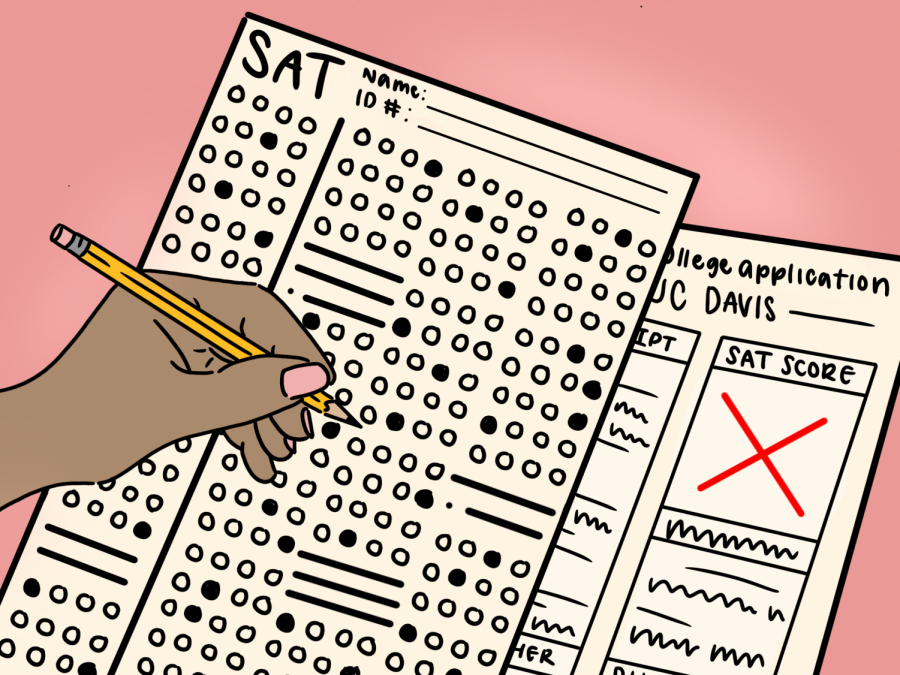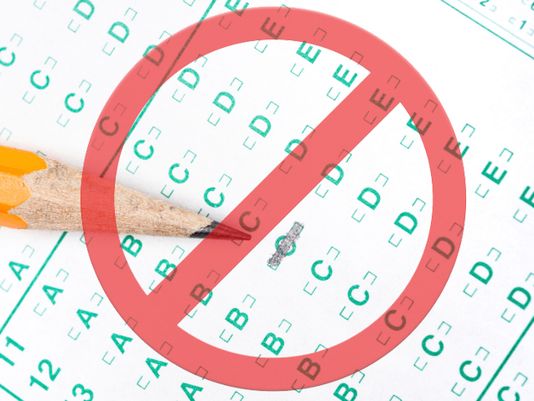For nearly a century, the almost unchanged SAT tests have been both the grand achievement or utter failure for students across the country. The College Board announced in January 2022 that SAT tests will be going completely digital for the U.S. in 2024. Along with adopting a digital format, they plan to update the tests themselves to be easier. This includes reduced testing time, shorter reading passages, less wordy math problems, and a built-in Desmos calculator. This major shift was a response to the criticism about the original tests being biased towards the privileged by streamlining the entire process.
Priscilla Rodriguez – Vice President of College Readiness Assessments for the College Board
This isn’t the first time the SAT tests were changed. An essay prompt was added in 2005, then made optional in 2016. The College Board eventually removed the essay portion as a whole. Over the years, attempts were made to slim down the SAT tests, but this upcoming redesign will be doing so in a different way.
The tests will now be divided into two sections only: math and reading. The first set of questions for each section will be introductory. With the advantage of the test now being digital, the latter set of questions’ difficulty will be based on how well the student did on the first set. This is said, according to College Board, to allow them to have a more accurate idea of the performance level of the student.

This new approach is said to help create a more fair testing environment for everybody, regardless of how privileged the student is. Despite the intent, the change has been mixed for many. While there are many who are supportive of the change, there’s also an equal amount of skeptics who believed this won’t change anything.
Bob Schaeffer – Executive Director of Fairtest: National Center for Fair & Open Testing
The change to the SAT tests was done in response to this criticism, but many say going digital doesn’t fix the issue that only a select amount of students have access to beneficial resources, while the majority don’t. The point their making is that some students don’t have the status or finances to receive the educational resources they need to succeed on the tests. Along with many colleges now making SAT scores no longer required for acceptance, the tests are still being seen as either obsolete or flawed.
Regardless of which side you’re on, the base fundamentals of SAT are changing and putting them in line with other current standardized tests. The College Board claims that this redesign will make the SAT tests more attractive to take and that it will address the issues of previous tests. Whether those claims will be met have yet to be seen.
